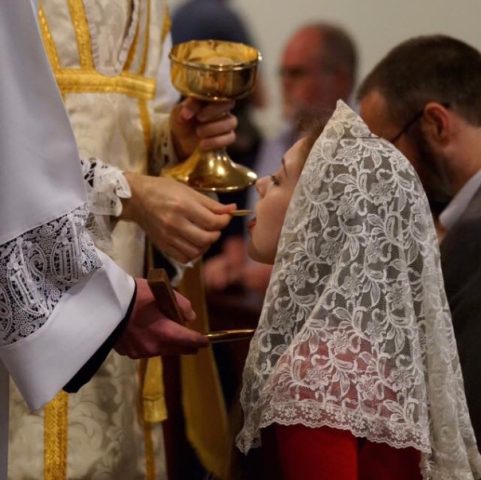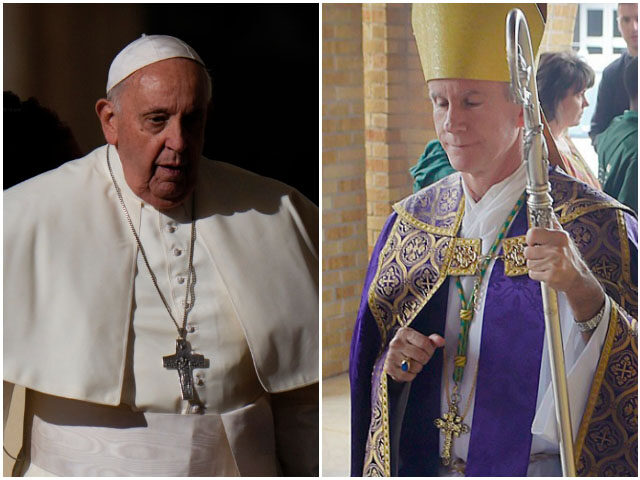Teaching the Real Presence Without Words

Cardinal Marx Endorses Blessing Ceremonies for Same-Sex Couples
February 6, 2018
Leo XIII Sides With President Trump Against Socialist Democrats
February 6, 2018
By Brian Williams, Litrugy Guy Blog
Most of the faithful are in agreement that we must do a better job teaching young Catholics about their faith. Recent studies have shown that many Catholics have already left the Church by the time they reach adulthood. What has also been discovered is that many never really understood the faith to begin with.
Nowhere may this be more evident than with the Church’s teaching on the Real Presence of Our Lord in the Eucharist. Quoting the Council of Trent, the Catechism of the Catholic Church explains:
Because Christ our Redeemer said that it was truly his body that he was offering under the species of bread, it has always been the conviction of the Church of God, and this holy Council now declares again, that by the consecration of the bread and wine there takes place a change of the whole substance of the bread into the substance of the body of Christ our Lord and of the whole substance of the wine into the substance of his blood. This change the holy Catholic Church has fittingly and properly called transubstantiation. (CCC 1376)
Few Catholics today would argue against the need to better catechize the young about the Real Presence. What too many fail to understand, however, is that good catechesis doesn’t always require words.
Just as the Mass itself is an action (the offering of the Holy Sacrifice on the altar) teaching the faithful about Our Eucharistic Lord is less about words, and more about actions. The picture at the top of this post demonstrates my point. What individual elements are we seeing that attest to the Real Presence?
-
The young woman is kneeling to receive Holy Communion.
-
She is veiling in the presence of the Eucharist.
-
Communion is being distributed on the tongue and from the consecrated hands of a priest.
-
The priest has his index finger and thumb pressed together on his other hand since they touched the host following consecration.
-
The altar server is holding a paten under the chin of the communicant “so as to avoid the danger of the sacred host or some fragment of it falling.” (Redemptionis Sacramentum, 93).




